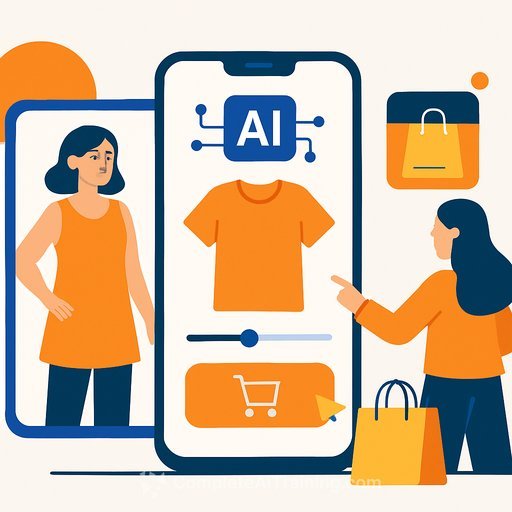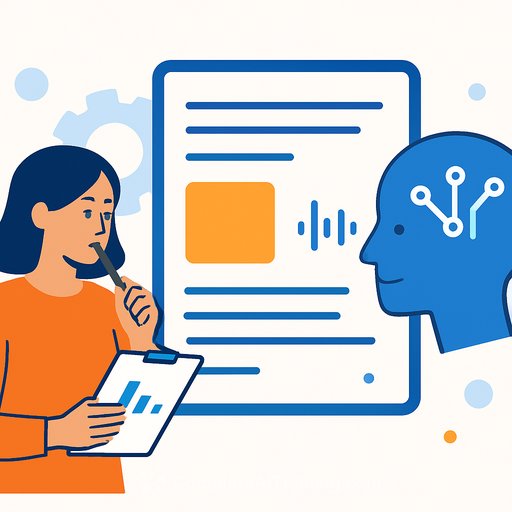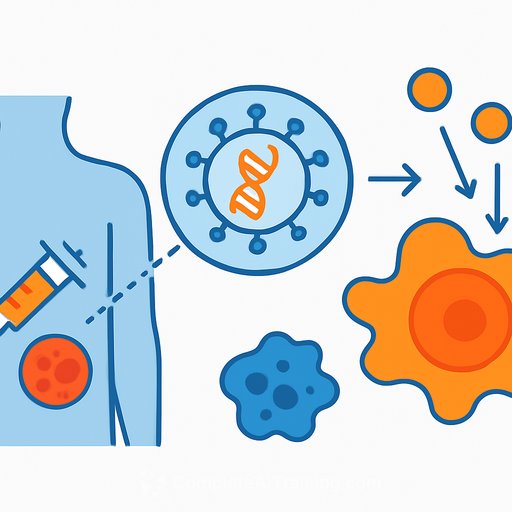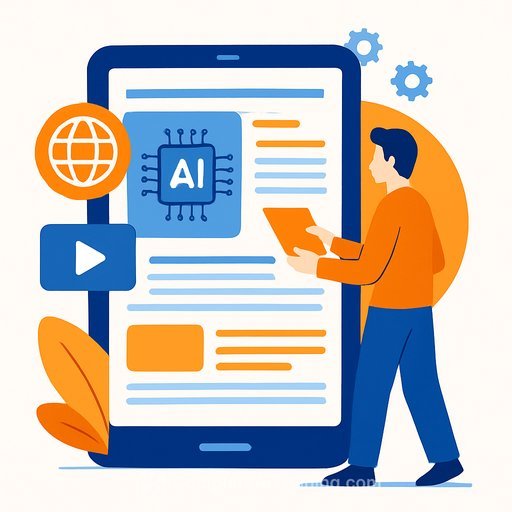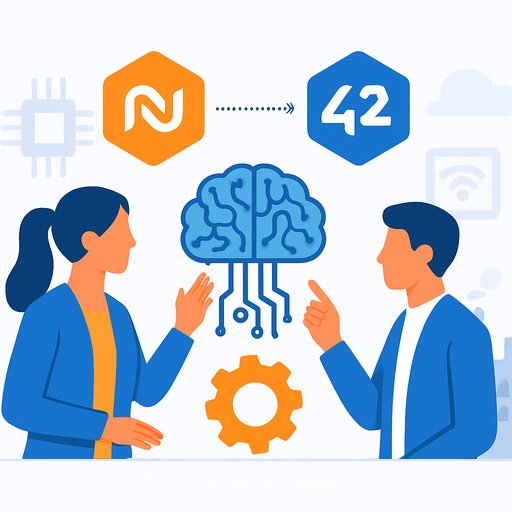Gap x Google Cloud: AI as a product engine, not a side project
Gap Inc has entered a multi-year partnership with Google Cloud to put AI at the center of product development, planning, pricing, and customer experience across Old Navy, Gap, Banana Republic, and Athleta.
"AI is redefining what's possible in retail, and we're building our future technology roadmap around it," said Sven Gerjets, chief technology officer at Gap Inc. The goal: speed, creativity, and personalisation that move the needle for both teams and customers.
Google Cloud's Thomas Kurian framed it plainly: this is about reinventing how retail operates with an AI-optimised stack that runs from infrastructure to apps, enabling faster execution and more relevant customer experiences.
Why product teams should pay attention
- Shorter concept-to-shelf cycles through AI-assisted design, sampling, and approvals.
- Assortments shaped by demand signals, not guesswork-down to style, color, and size.
- Pricing and promotion decisions informed by elasticity, inventory, and competitor moves.
- "Hyper-personalised" experiences that connect product stories to the right customers at the right moment.
- Employee co-pilots that remove busywork and let designers, merchants, and planners focus on creative decisions.
The stack behind the strategy
Gap plans to unify data and AI on Google Cloud, with three workhorses doing most of the heavy lifting.
- BigQuery: A central data layer for product, customer, inventory, and marketing signals. Ideal for near-real-time demand sensing and merchandising analytics. Learn more
- Vertex AI: Model training, fine-tuning, and deployment for forecasting, pricing, and recommendations. Also useful for embeddings that connect products to customer intent. Learn more
- Gemini: Natural language co-pilots for design briefs, option plans, supplier communications, trend summaries, and customer-facing content.
Gap will also connect Google Ads' AI with first-party signals to improve audience reach and omnichannel performance-tightening the loop between product decisions and demand generation.
How "hyper-personalised" shows up in product
- Smarter briefs: Trend + sell-through + margin data rolled into a single creative direction. Less guesswork, more clarity.
- Assortment focus: Style count aligned to predicted demand by channel and region; fewer low-velocity SKUs.
- Fit and size depth: Recommendations by store or zip code based on returns, reviews, and body data proxies.
- Content that converts: On-model image selection, PDP copy, and email subject lines adjusted to customer intent signals.
- Closed-loop learning: Marketing and site behavior feed back into planning and design priorities.
Quick wins product leaders can ship in 90 days
- Deploy a design/merchant co-pilot to generate briefs, spec sheets, and vendor-ready packets from historical winners.
- Stand up a demand forecast refresh in Vertex AI for top categories and compare lift vs. current models.
- Spin up a pricing sandbox that simulates elasticity by channel and inventory exposure before committing.
- Launch a PDP content generator for top 50 styles and A/B test conversion and returns.
- Pipe first-party product signals into Google Ads to reduce wasted impressions on low-fit audiences.
Operational guardrails to put in place
- Data contracts and quality checks in BigQuery; no PII in prompts or logs.
- Bias and fairness testing for size, fit, and model imagery recommendations.
- Prompt libraries with versioning; human-in-the-loop on assortments, pricing, and creative.
- Model monitoring for drift (forecast accuracy, stockouts, margin impact).
- Clear redlines: brand voice rules, claims approval, and compliance for all generated content.
Metrics that matter
- Concept-to-sample cycle time; number of physical samples per style.
- Forecast accuracy and inventory turns by category.
- Full-price sell-through and markdown dependency.
- Conversion rate, returns rate, and customer retention by segment.
- Content velocity (brief-to-publish) and media ROAS tied to product availability.
Bottom line for product development
This move signals a shift from isolated pilots to a company-wide platform mindset. The leverage is in unifying data, deploying focused co-pilots, and closing the loop between product, pricing, and demand.
If you're leading similar work, start with one category, one region, and a tight KPI set. Prove lift, codify the playbook, then expand.
Want a fast path to upskill your team on AI stacks used by leading companies? Explore curated options by role here: Complete AI Training - Courses by Job.
Your membership also unlocks:

